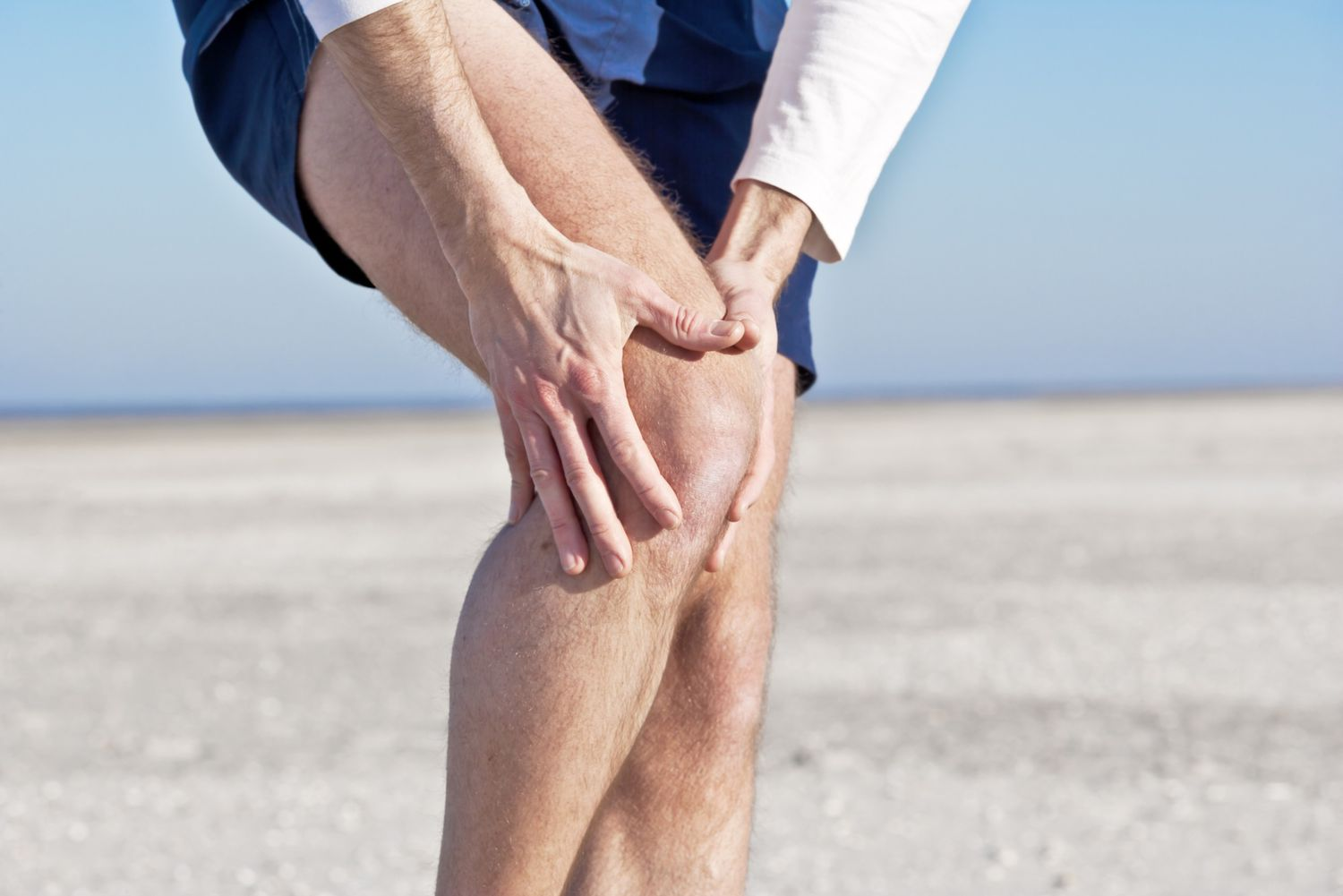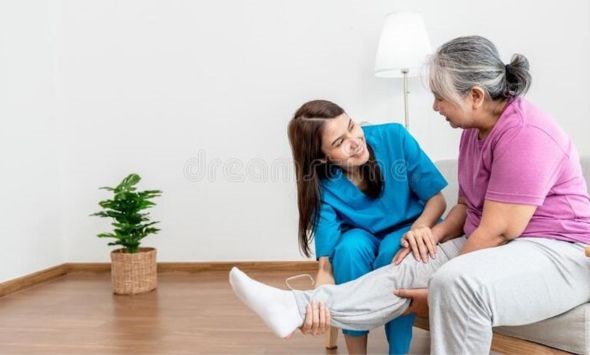Common Signs of Osteoarthritis: Early Detection & Management

What You Need to Know about Osteoarthritis
Osteoarthritis is one of the most common joint issues, especially as we get older. It happens when the cushioning between your joints, called cartilage, wears down, leading to pain and stiffness. You might feel it in your knees, hips, or hands, and at first, it’s easy to brush off as “just getting old.” But recognizing the early signs can make a big difference in managing it and staying active for longer. here are some common signs that indicate you might be developing this condition.
Recognizing Early Signs of Osteoarthritis
1. Joint Pain
The most common and early sign of osteoarthritis is joint pain, especially after physical activity. The pain may worsen after periods of rest or inactivity.
2. Stiffness
Morning stiffness or stiffness after sitting for long periods is a typical symptom. While the stiffness usually lasts less than 30 minutes, it can be bothersome.
3. Swelling and Tenderness
You may notice swelling around the affected joint, which may feel tender to the touch. This is due to the inflammation caused by osteoarthritis.
4. Loss of Flexibility
As osteoarthritis progresses, you might find it harder to move the joint through its full range of motion. This reduced flexibility can impact daily activities like walking, climbing stairs, or even gripping objects.
5. Bone Spurs
Bone spurs, which are extra bits of bone that form around the affected joint, can be felt as hard lumps and may limit joint movement or cause pain.
6. Creaking or Grating Sensation
A grating or crunching feeling when moving the joint, often accompanied by noise, can occur as the cartilage wears away, allowing bones to rub against each other.
Early Management for a Better Life
Early detection of osteoarthritis can significantly improve the outcome. regular exercise, maintaining a healthy weight, and physical therapy can help manage symptoms. In severe cases, medical interventions like medications or joint replacement surgery might be necessary. Remember, the sooner you recognize the symptoms, the better your chances of managing osteoarthritis effectively.

When to See a Doctor?
If you notice ongoing joint pain, stiffness, or swelling that doesn’t improve with rest or over-the-counter remedies, it’s time to consult a doctor. Early medical advice can prevent further joint damage and help you manage symptoms before they worsen. Don’t wait until the pain affects your daily activities—get a professional evaluation promptly.
Consult Dr. Rahul Khanna for Expert Osteoarthritis Care
Dr. Rahul Khanna is here to provide you with compassionate, personalized care tailored to your unique needs. With his effective treatment plans for osteoarthritis. Schedule a consultation today to take control of your joint health.
Emergency?
24 Hour Ready
Call Us for Emergency
+91-9828501360
Book an Appointment
Seamless Fitness Care Access: Booking an Appointment with Your
Trusted Doctor
FAQ's
Osteoarthritis occurs due to the breakdown of joint cartilage, often as a result of aging, repetitive joint use, or injury.
While there is no cure for osteoarthritis, early detection and proper management can help reduce symptoms and slow progression.
Low-impact activities like swimming, walking, and cycling can help improve joint flexibility and strength without putting too much stress on the joints.
Genetics can play a role in osteoarthritis, but lifestyle factors like weight, activity level, and joint injuries are also significant contributors.
Surgery is typically considered when conservative treatments like medications, physical therapy, and lifestyle changes no longer provide relief, and the joint damage is severe.